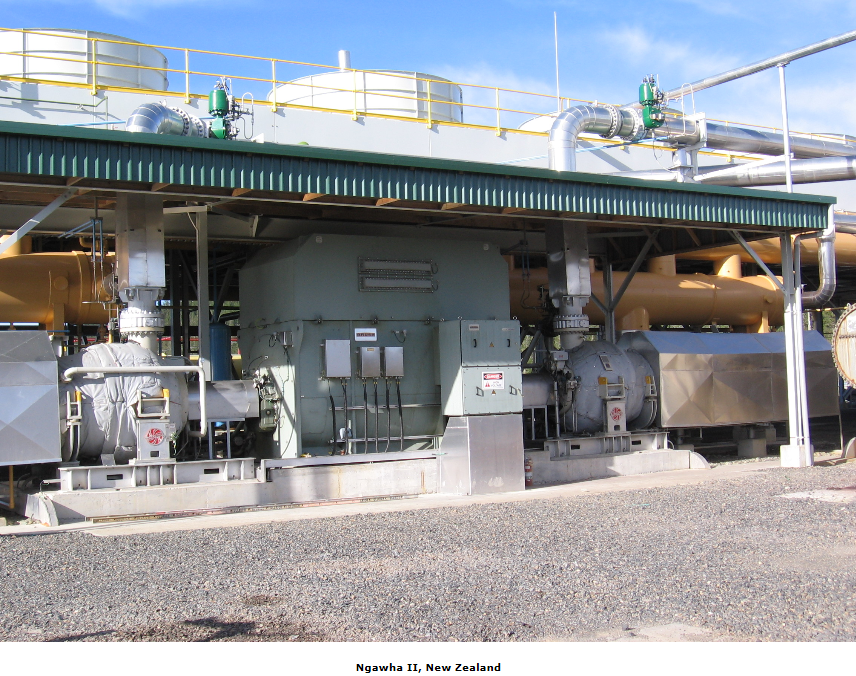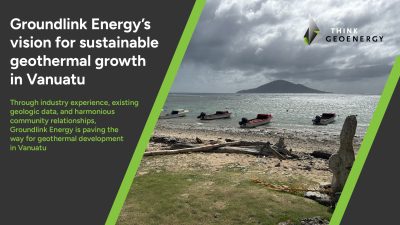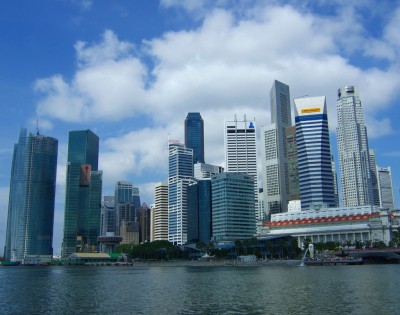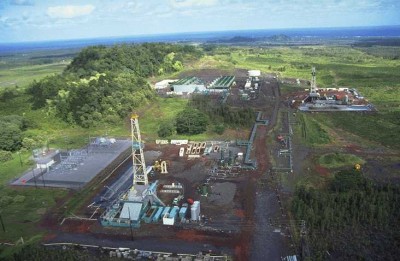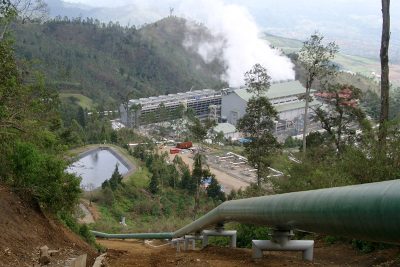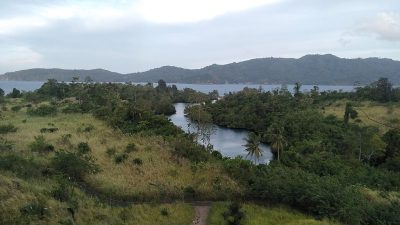Top Energy receives final resource consent for 25 MW extension at Ngawha, NZ
Energy firm Top Energy has received final resource consent in New Zealand for its 25-50 MW expansion of its 25 MW Ngawha geothermal power plant at the Norther tip the North Island of New Zealand.
Top Energy, an energy company on the top of the North Island in New Zealand, is operating a 25 MW geothermal power plant and has had plans to expand it by another 50 MW in two stages.
The company has now been granted final resource consent (valid for 35 years) by the NZ government, which will allow it to build another 25 MW plant by 2020 and – so field performance and market conditions allow, another 25 MW by 2026. The peak demand for this region is at 70 MW so if up and running the Ngawha geothermal plants could provide all power for the region and more.
The company estimates the total cost for the 50 MW development to be NZ$300 million (US$220 million) and the first 25 MW at about NZ$160 million ($117 million). During construction about 65 people could be employed with expected two to three permanent jobs at the mostly automated plant.
Having bought a nearby farm directly above the geothermal field, the plant can now be built closer to the wells saving costs. Another positive aspect is that the new land is flatter and allows the construction of the two planned plants closer to each other.
The company had held a tender which ended earlier this week. Work on the plant is expected to start later this year. Top Energy was working with an advisor on monitoring cultural and environmental indicators and also has to confirm not to affect operations of hot pools nearby.
The company was working with a kaitiaki adviser appointed by the Parahirahi Ngawha Waiariki Ahuwhenua Trust to monitor cultural and environmental indicators, as required under the consent, and had agreed not to cause any adverse effects on the hot pools. Re-injection of fluids into the reservoir will be independently monitored.
Source: NZ Herald
